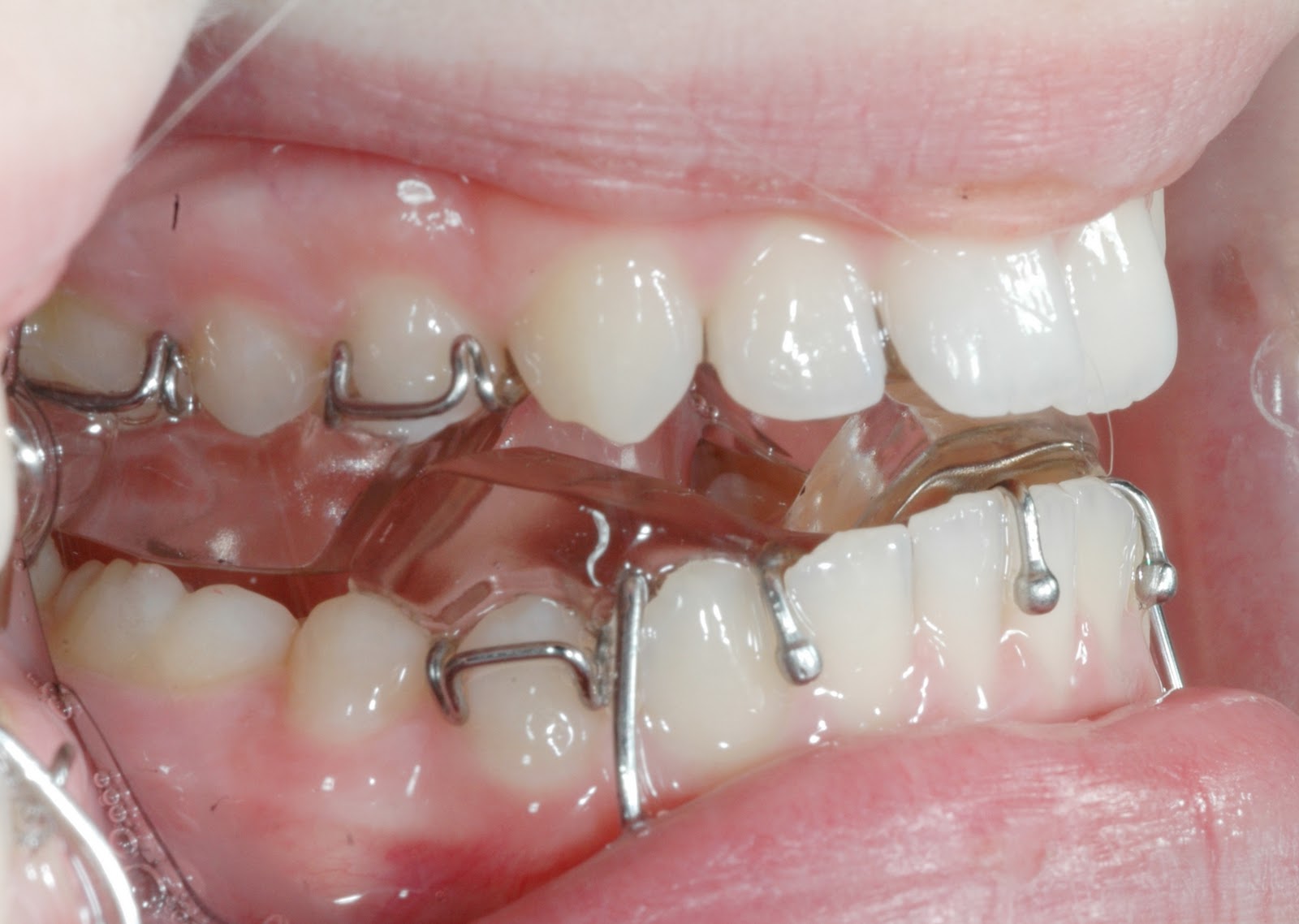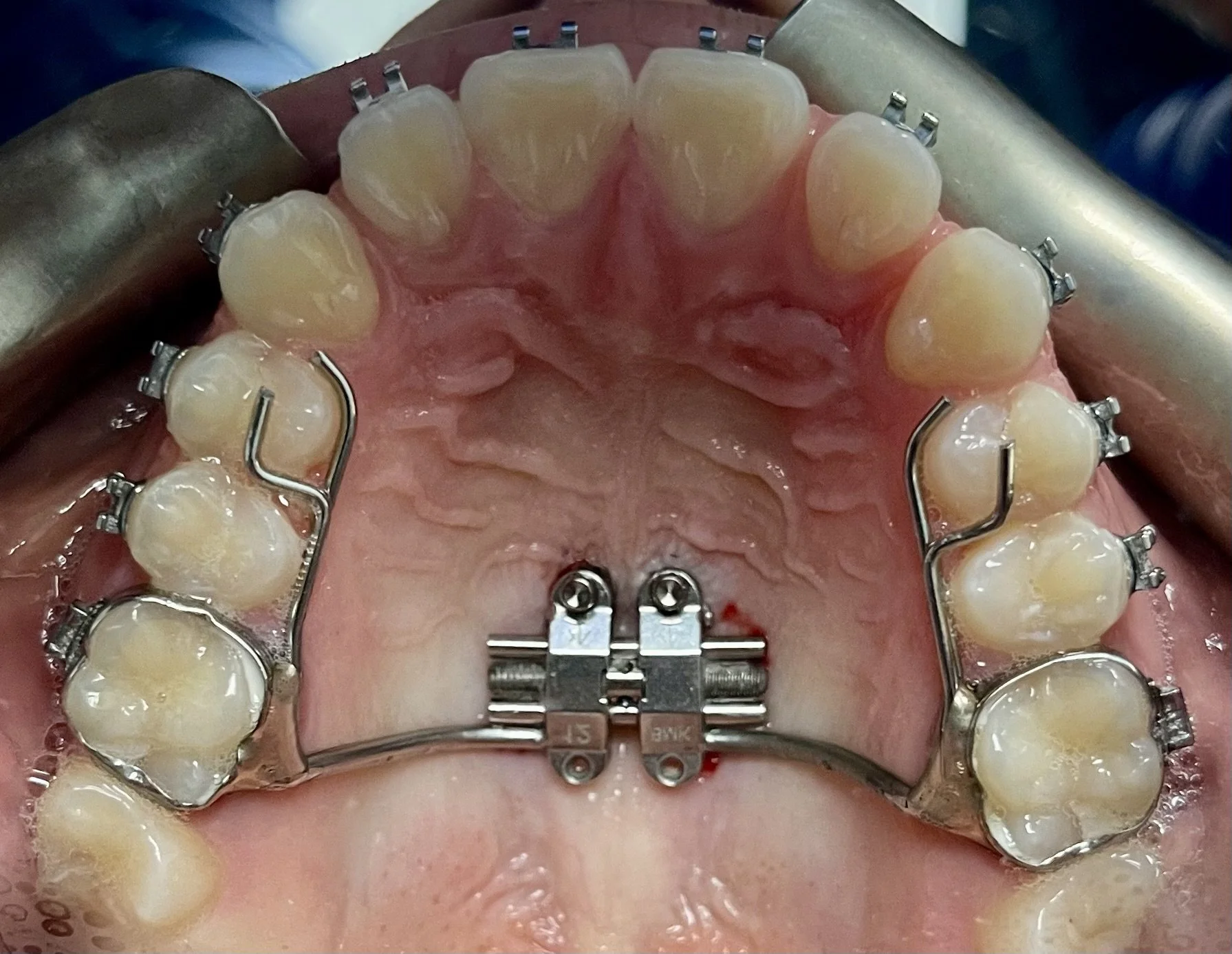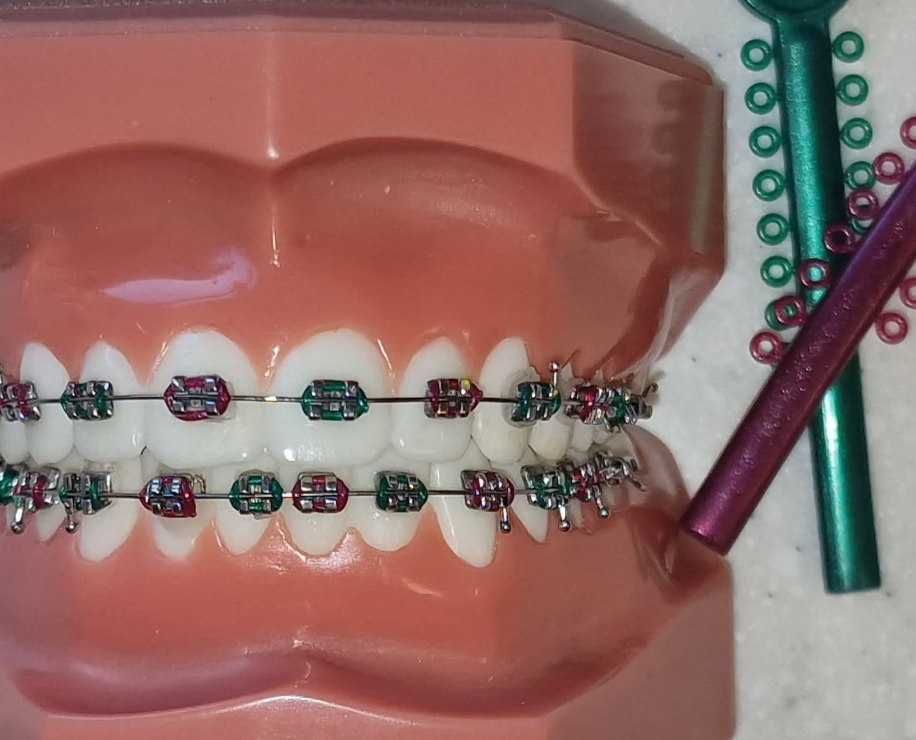When it comes to orthodontic treatment, most people think of fixed braces or clear aligners. But for growing children and teens, there’s another powerful option designed not only to straighten teeth but also to guide jaw development: the twin block brace.
What Is a Twin Block Brace?
A twin block brace is a type of functional appliance used mainly in children and adolescents whose jaws are still developing. It comes in two separate parts, one for the upper teeth and one for the lower. When worn together, these two blocks guide the lower jaw forward, encouraging proper growth and improving the bite.
Unlike traditional braces, which mainly move teeth, twin block braces influence both teeth and jaw position. That’s why orthodontists often recommend them early, typically between the ages of 8 and 14, when growth is still happening.
What Problems Do Twin Block Braces Help With?
Twin blocks are most commonly used to correct Class II malocclusion, when the upper jaw and teeth stick out too far compared to the lower jaw. This can happen if the lower jaw is underdeveloped. The appliance helps by gently training the lower jaw to sit in a more forward position.
Benefits include:
Improved facial balance and profile
Better alignment of upper and lower teeth
Reduced risk of dental trauma (protruding teeth are more vulnerable to injury)
Laying the foundation for shorter and more effective fixed brace treatment later
What Is It Like to Wear a Twin Block?
At first, it can feel bulky or awkward, but most patients adapt within a couple of weeks. To work effectively, the brace needs to be worn full-time, usually around 20 hours a day, including during eating (unless your orthodontist advises otherwise). Speech may feel different at the start, but this usually improves quickly.
Tips for Success
Commit to wearing it full-time. The more consistently it’s worn, the quicker results come.
Clean it daily. Brushing the brace with toothpaste and rinsing it after meals helps keep it fresh.
Expect some soreness. Just like with braces, the jaw and teeth may feel tender at first, but this eases with time.
Keep follow-up appointments. Your orthodontist will check progress and adjust if needed.
How Long Does Treatment Take?
Most twin block treatments last between 9 and 12 months, depending on growth, cooperation, and the severity of the bite problem. After this stage, fixed braces or aligners may follow to fine-tune tooth alignment.
Final Thoughts
The twin block brace is a tried-and-true orthodontic tool that does more than straighten teeth, it helps guide jaw growth at a crucial time. While it requires patience and commitment, the long-term improvements in bite, facial balance, and smile can be life-changing.













